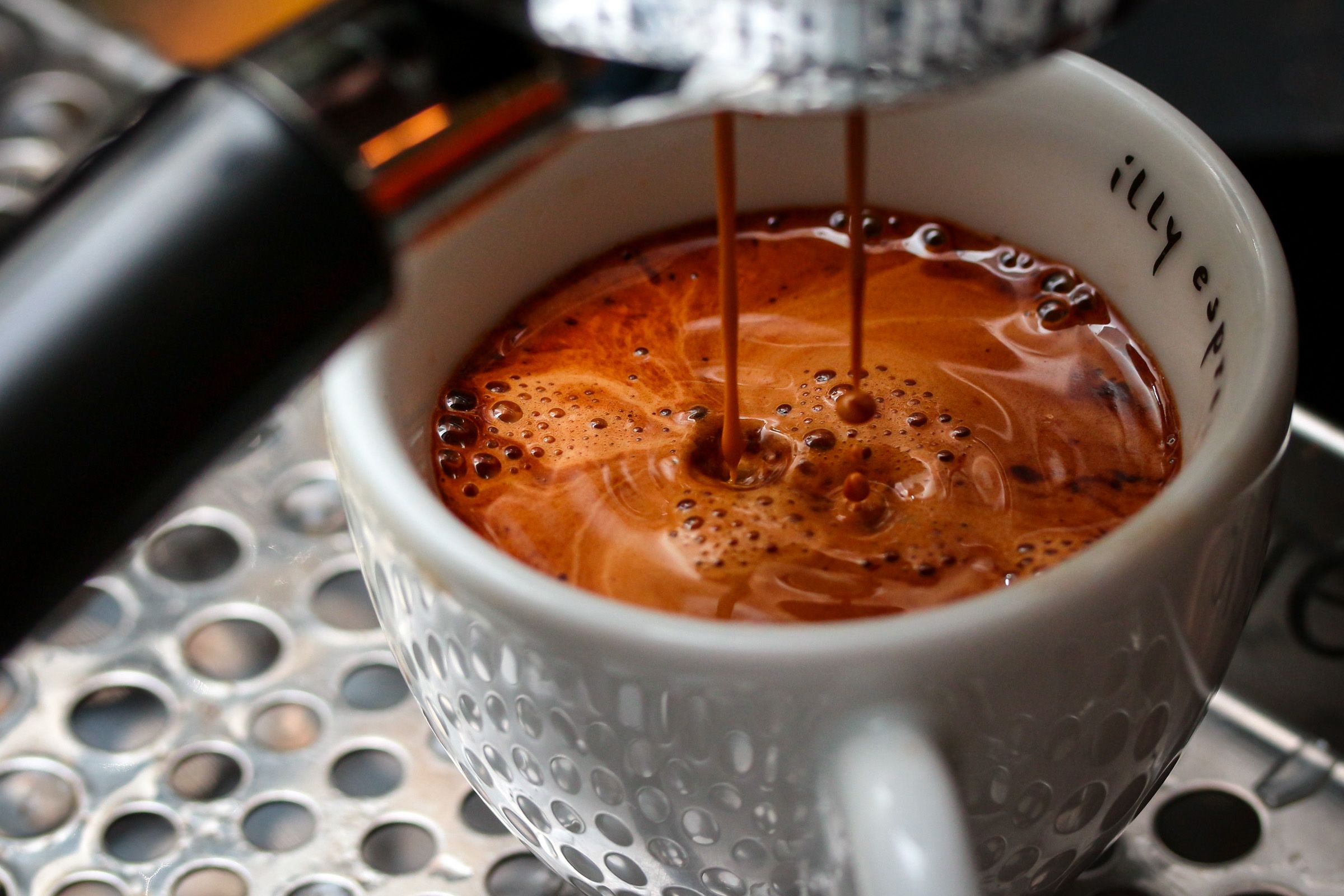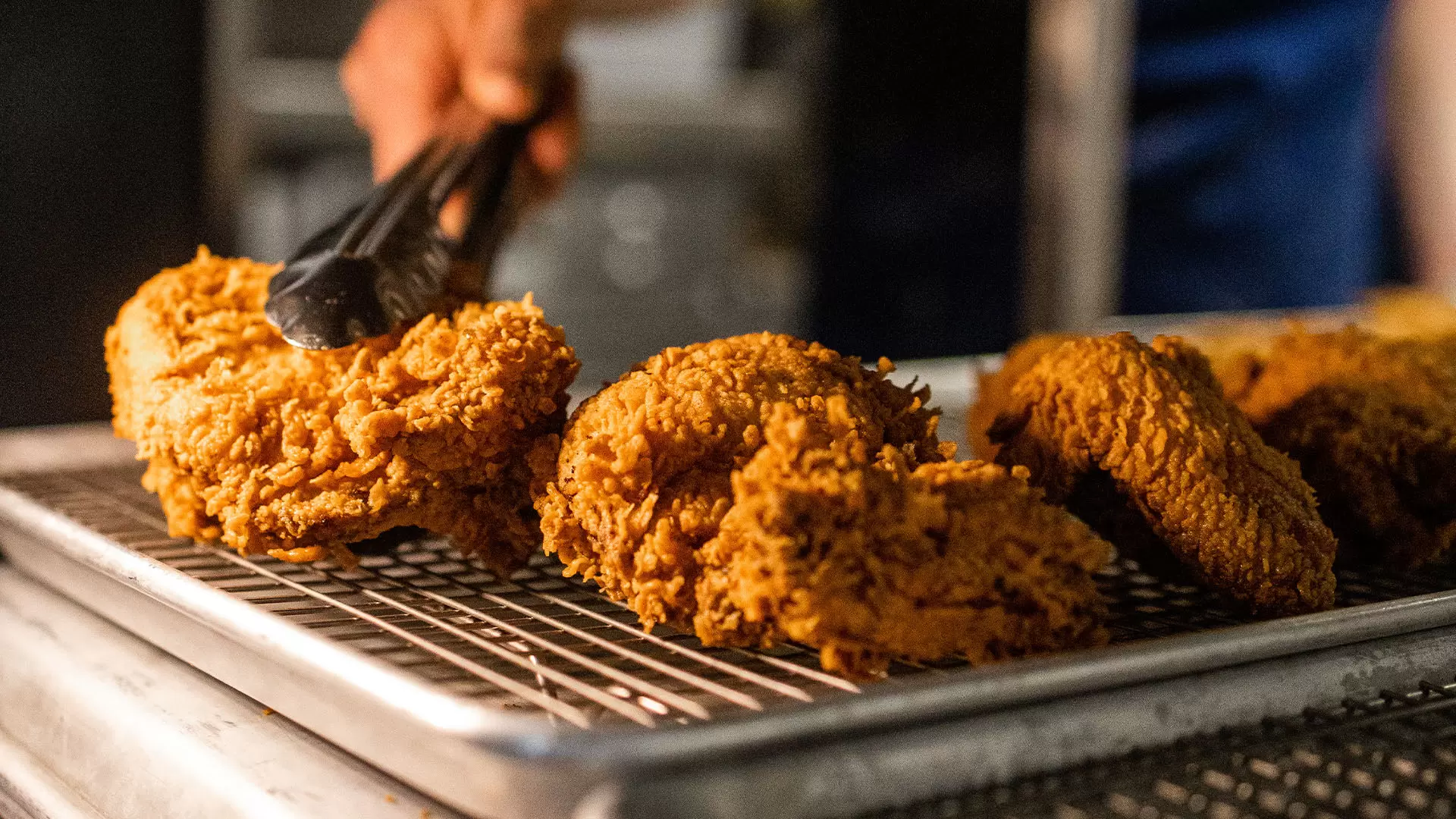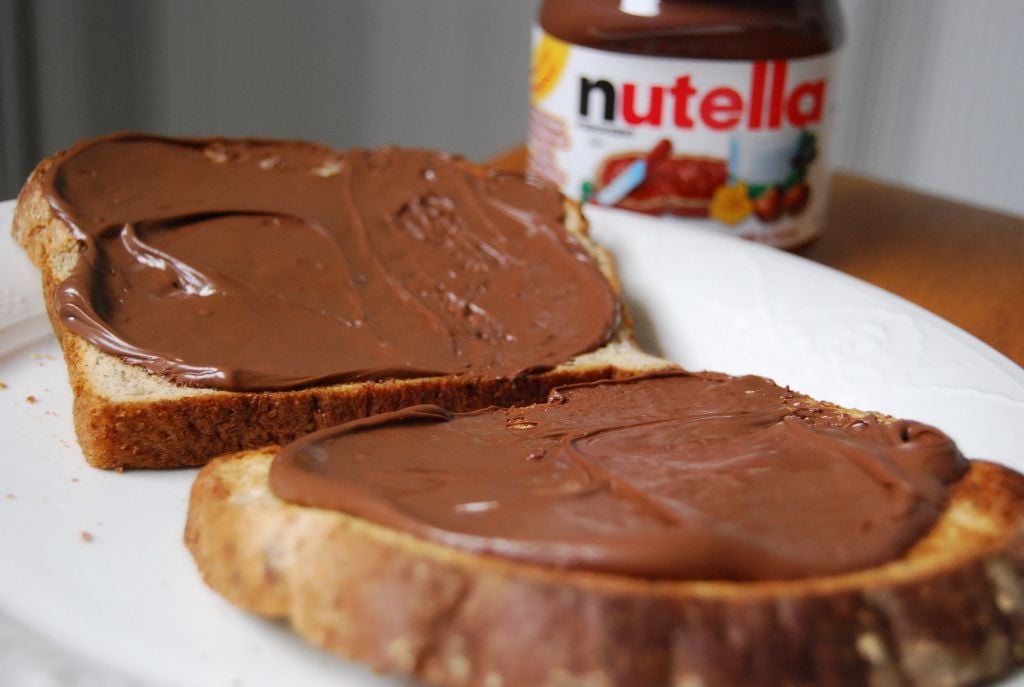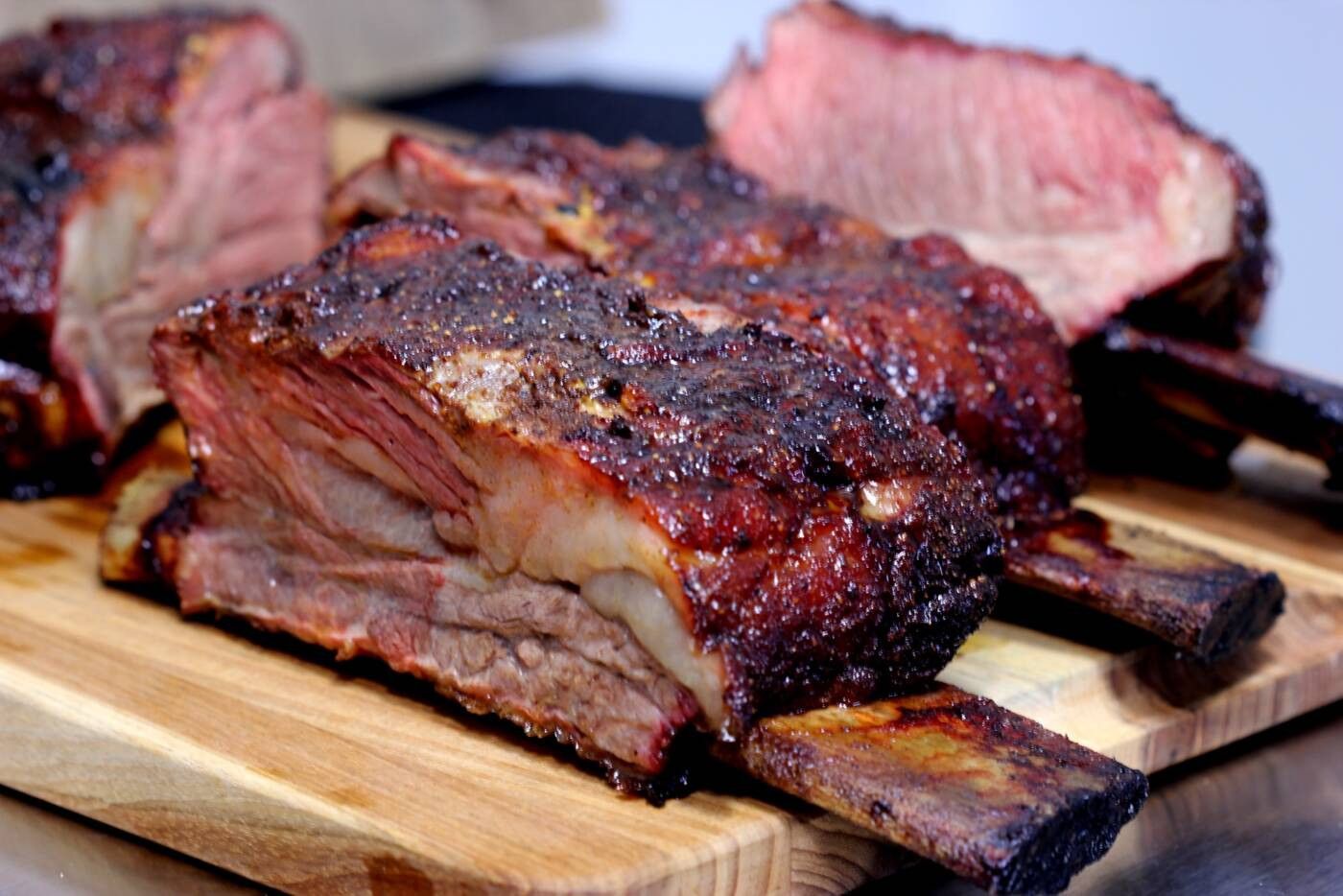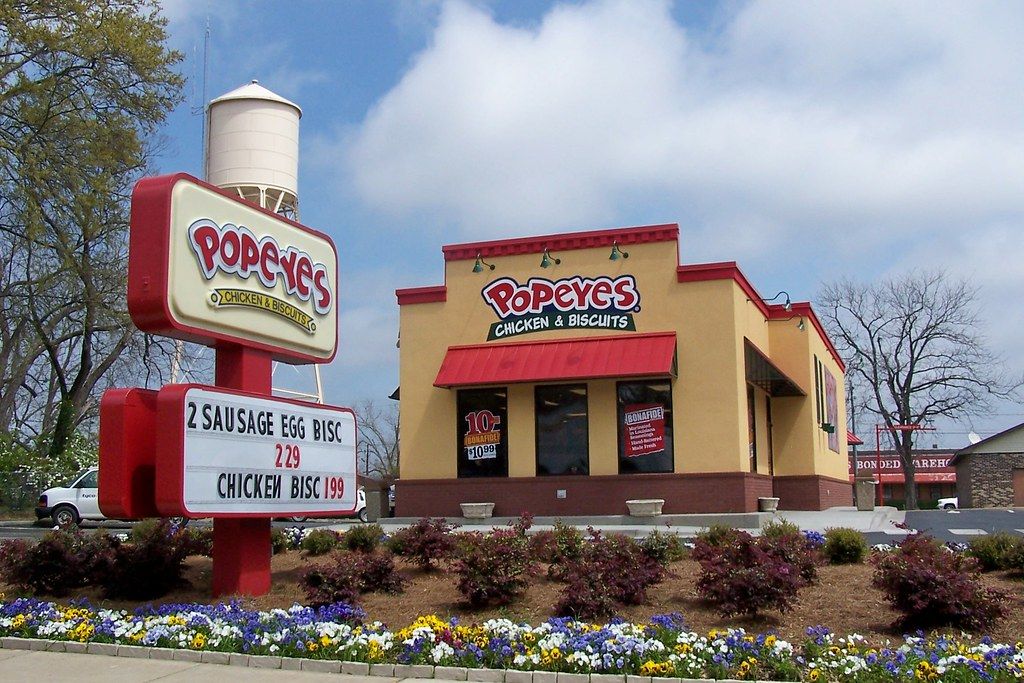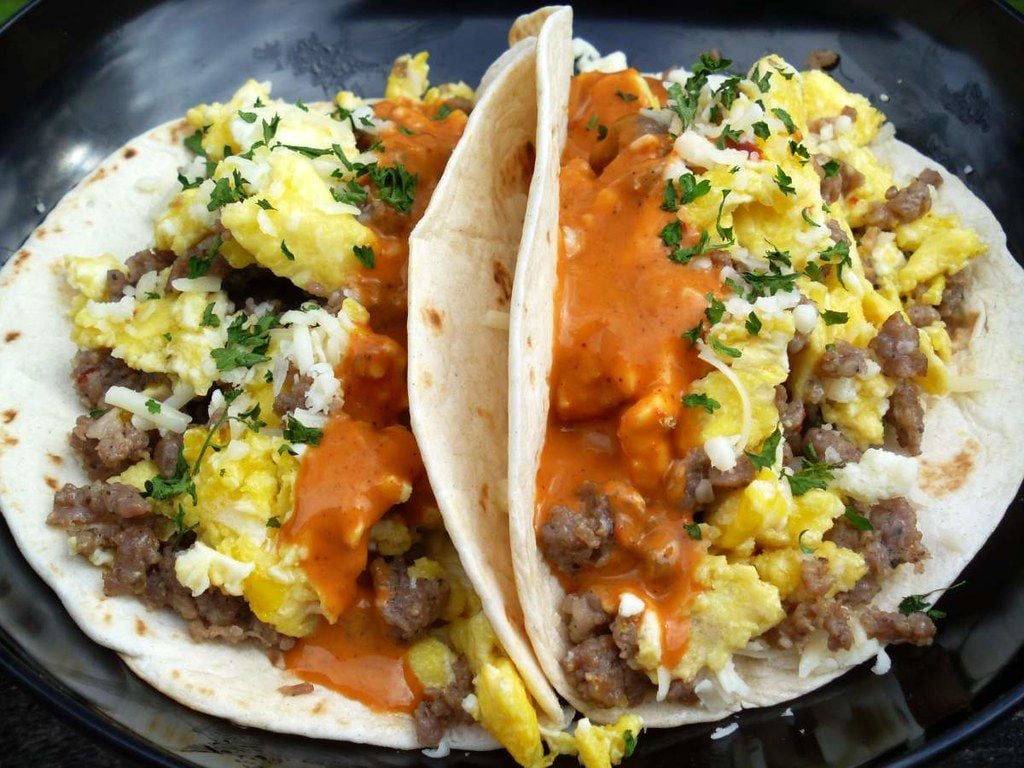
Perfecting the Espresso Art at Home: Tips from Top Baristas
- Aug 25, 2025
Want to elevate your coffee game? It's easier than you think. The art of crafting the perfect espresso drink, from macchiatos to lattes, is all about paying attention to detail, and we've got expert tips to upgrade your homemade brew.
Julie Wolfson, renowned for her espresso expertise, shares that the best dairy makes the best coffee drinks. Top-tier milk and skilled preparation are key elements in crafting café-quality beverages at home. We've brought together wisdom from world-leading baristas and latte art champions to guide you in mastering your latte art.
From espresso shots sprinkled with a dollop of foam to lattes frosted with rich froth, the amount and preparation of milk distinguish each espresso drink. Wolfson provides a quick guide for home baristas. For a macchiato, a shot of espresso is blended with an equal dose of steamed milk, topped with a touch of microfoam. In brewing Cortado (also referred to as Gibraltar), focus on combining two ounces of double-shot espresso with a similar amount of steamed milk heated to anywhere between 130-140°F. A double espresso shot complemented with four ounces of milk heated between 140-150°F forms a cappuccino, while a latte combines eight ounces of milk steamed to 140-150°F and a double shot of espresso.
"If you're working with dairy, I recommend locally sourced whole milk," recommends 2022 U.S. Barista Champion Morgan Eckroth. With a fat content hovering around 3.25-3.5%, whole milk offers a perfect balance of creamy texture and subtle sweetness that complements the coffee without overpowering it.
Another pro secret is the 'freeze-distilled' technique. Monogram Coffee's cofounder Ben Put recommends freezing milk to concentrate its fats, sugars, and proteins, resulting in the mouthfeel of heavy cream with an added sweetness.
In terms of substitute milks, Eckroth prefers coffee-focused brands with a higher fat content. Her choice? Oat milk. "It steams the best and pairs neutrally with coffee." Other plant-based milks can pose a challenge due to their higher water content.
Next comes the steaming. "Aim for the consistency of wet paint," advises Hide Izaki, the 2014 World Barista Champion. The best way to achieve an ideal microfoam consistency is with practice. Francesco Sanapo, a three-time Italian barista champion, recommends introducing air to 'stretch' the milk, creating a whirlpool to blend bigger bubbles into microfoam.
Impressive latte art begins with well-steamed milk. For home baristas eager to sharpen their skills, the 2024 U.S. Barista Champion Frank La recommends watching video tutorials and practicing pouring with water. "Don't let the milk control you," he advises.
For Christopher "Nicely" Abel Alameda, a three-time World Latte Art Champion, mastering texture consistency is crucial. "Consistency in producing the same layer of foam repeatedly allows for you to focus on the movements that create latte art", he says.
To aspiring home baristas, three-time Mexican Barista Champion Jenny Borrego’s message is simple: patience, practice, and perseverance. Start with simple shapes and enjoy the process. "Just keep pouring," she encourages.
Soy sauce and soap can mimic espresso and milk, providing a safe way to practice latte art without wasting ingredients, suggests Eckroth. Alameda pushes for a relaxed approach to practicing. Lastly, if all else fails, hiring a local barista for a hands-on training session could be a wise move. Is it time for you to join the cafe culture at home?
